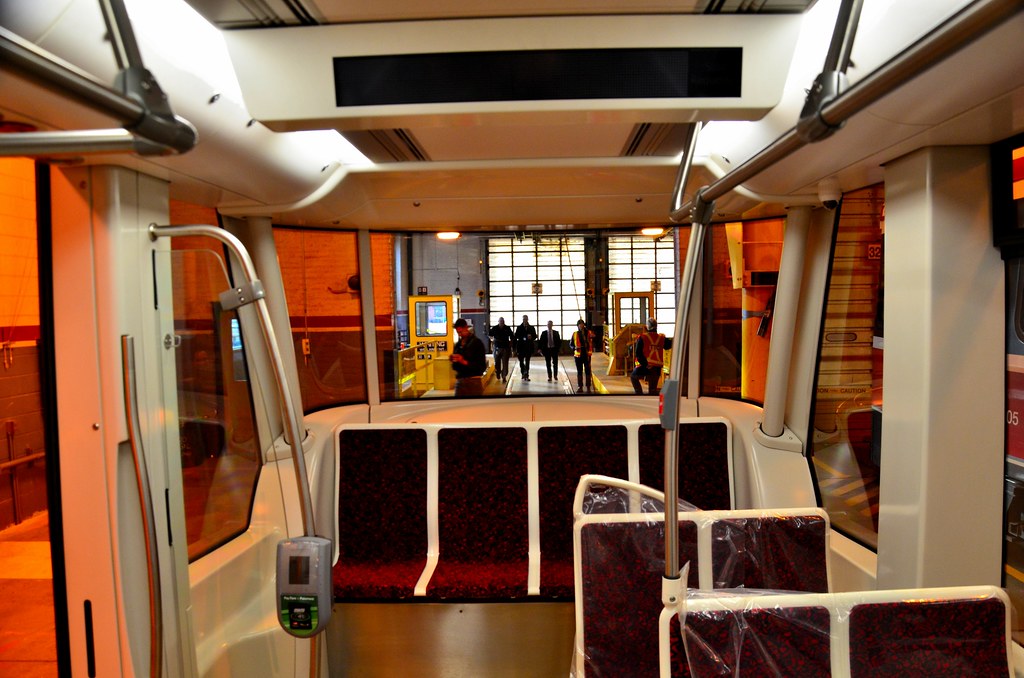hawc
Senior Member
But what about that guy you saw taking 2 seats with his bags? Did you speak to him?
He pretended not to hear because he had his headphones in. He never looked up.
But what about that guy you saw taking 2 seats with his bags? Did you speak to him?
And you wouldn't speak louder, wave a hand, move his bags? I've never had that response from someone ... You don't really come across as being that meek here.He pretended not to hear because he had his headphones in. He never looked up.
I've even seen it on Kingston Road with the 20-minute service. But certainly not as frequently as you see it in peak. It's most unusual at 10 pm at night. And do we really want the current 10-minute service then to be cut to 15 minutes? Which means a 20-minute gap because of bunching becomes a 30-minute gap.I am quite certain you would have experienced bunching mid-day on both Dundas and Carlton. Scheduled service is one thing, lived experience is another.
Based on what I've observed in Vancouver, where I've frequently seen more people in a wheelchair on a single Skytrain, than I've seen on a Toronto subway in my entire life. Which is quite stunning, given I've only had about a dozen Skytrain rides in the last decade. I'll easily rider than many Toronto subway trains many weeks.It has AODA in mind, and of course it will enable wheelchair users to utilize the streetcars - whether it will make that
I've even seen it on Kingston Road with the 20-minute service. But certainly not as frequently as you see it in peak. It's most unusual at 10 pm at night. And do we really want the current 10-minute service then to be cut to 15 minutes? Which means a 20-minute gap because of bunching becomes a 30-minute gap
I don't find off-peak bunching to be predictable. It's normally related to accidents, delays, etc. It's an irregular occurrence, albeit one that may happen frequently.So perhaps the issue is selective decrease in frequencies during periods of the day where bunching occurs?
Agreed! Though TTC has currently scheduled all stations to be accessible by 2025 (the most recent schedule is on the final page of http://www.ttc.ca/About_the_TTC/Com...013/March_27/Reports/Old_Mill_Station_Pri.pdf). Looking at the list, at some point you start to hit the critical mass when the majority of the system is accessible. Perhaps 2016 when King, St. Patrick, Bay, and Yorkdale all come on-line (along with others). Perhaps in 2018 when only 13 stations won't be accessible (assuming the SRT is closed by then), and all the streetcar routes are accessible.Accessible vehicles are only part of the solution - and one certainly shouldn't expect miracles so long as key barriers persist.
I'd think the simplest thing is if the driver kept a tally - not sure if they do, but it would hardly be difficult to tick off something, while waiting for a chair to load/unload.I can't imagine how they would keep track of that info. Anecdotally I have seen consistent usage of accessible buses by those on wheelchair and motorized carts on MT.
He pretended not to hear because he had his headphones in. He never looked up.





